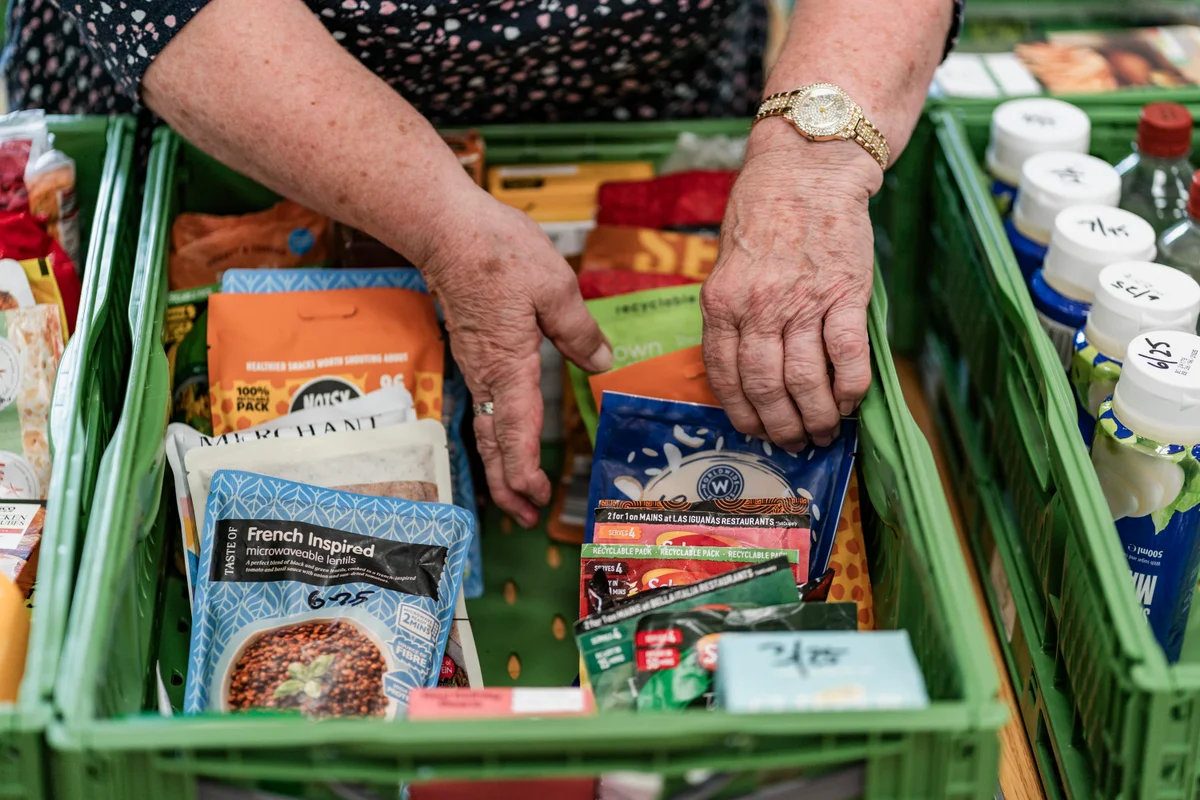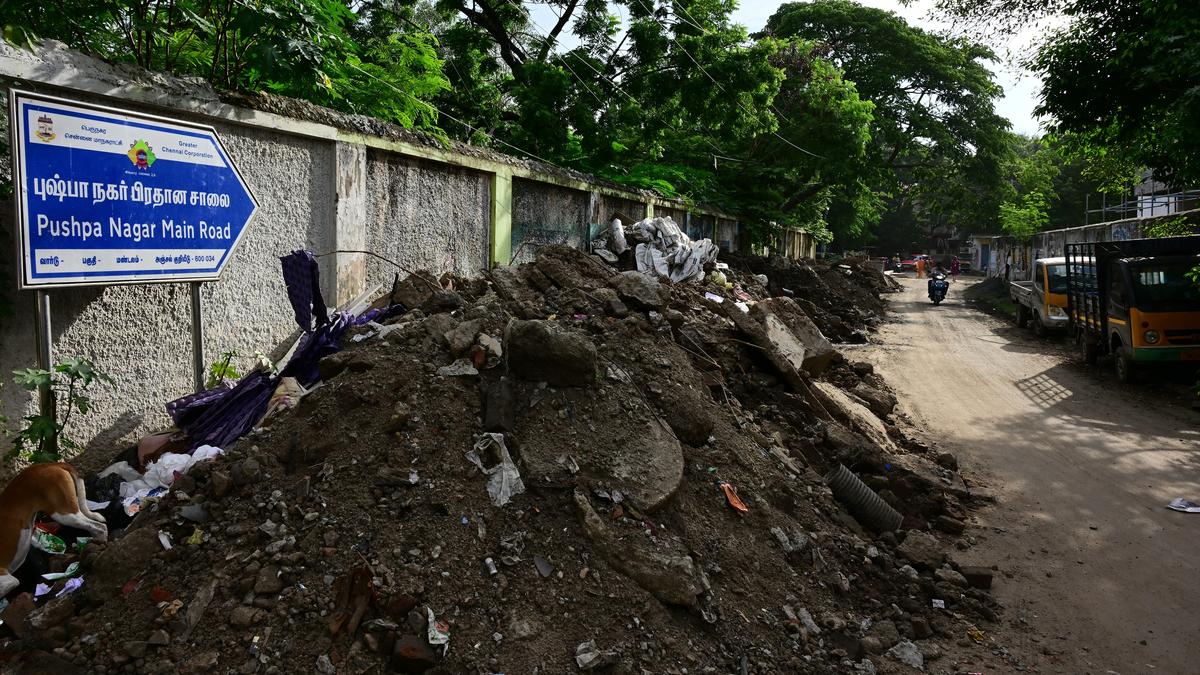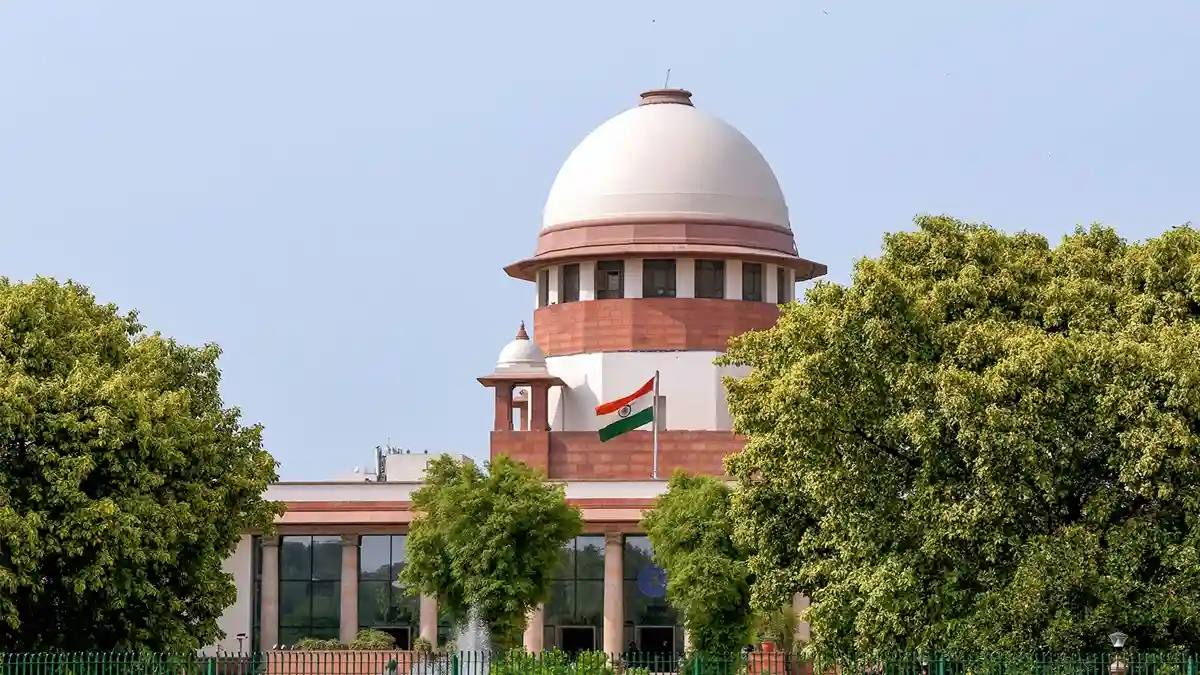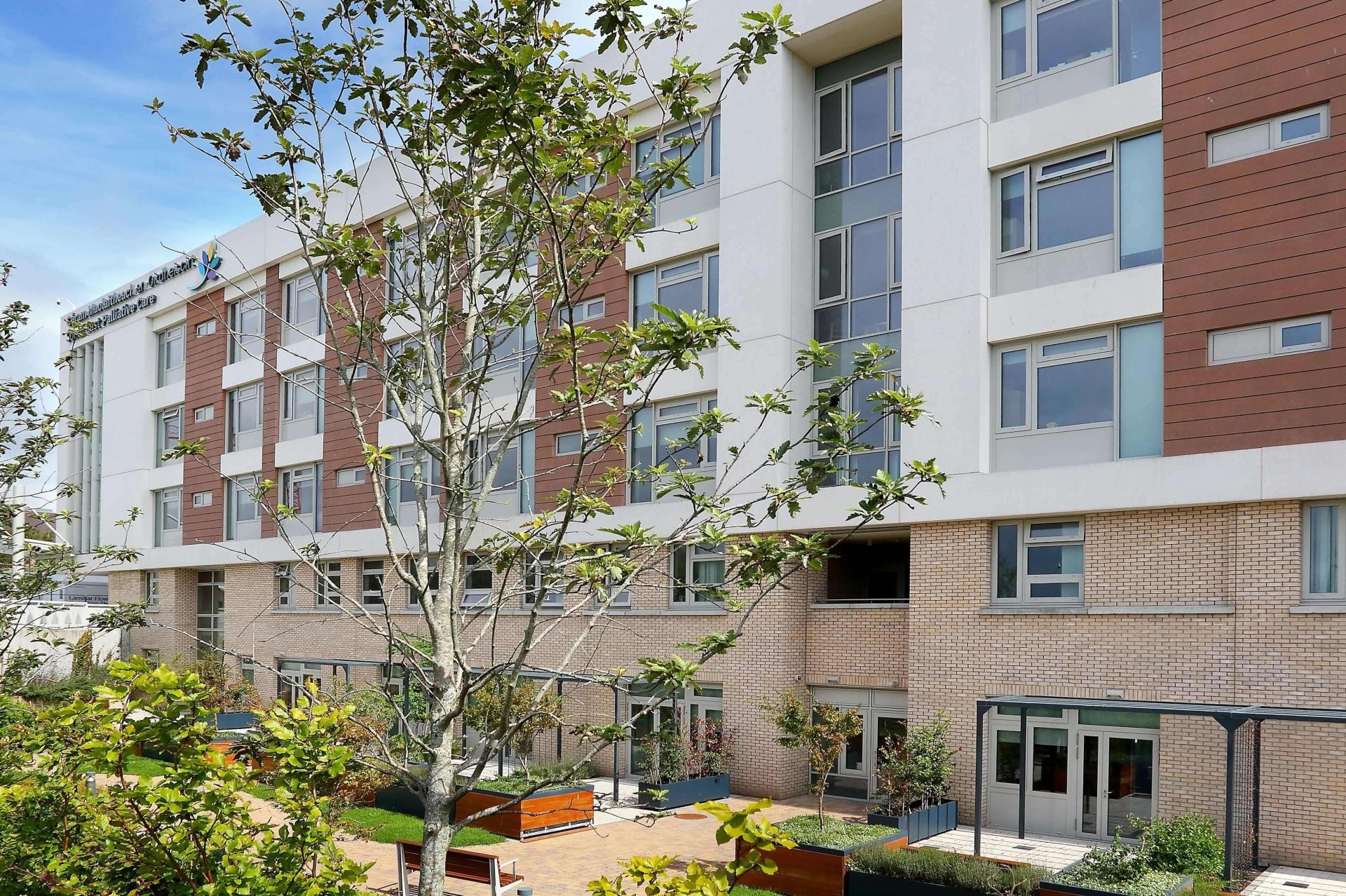By Seong Hyeon Choi
Copyright scmp
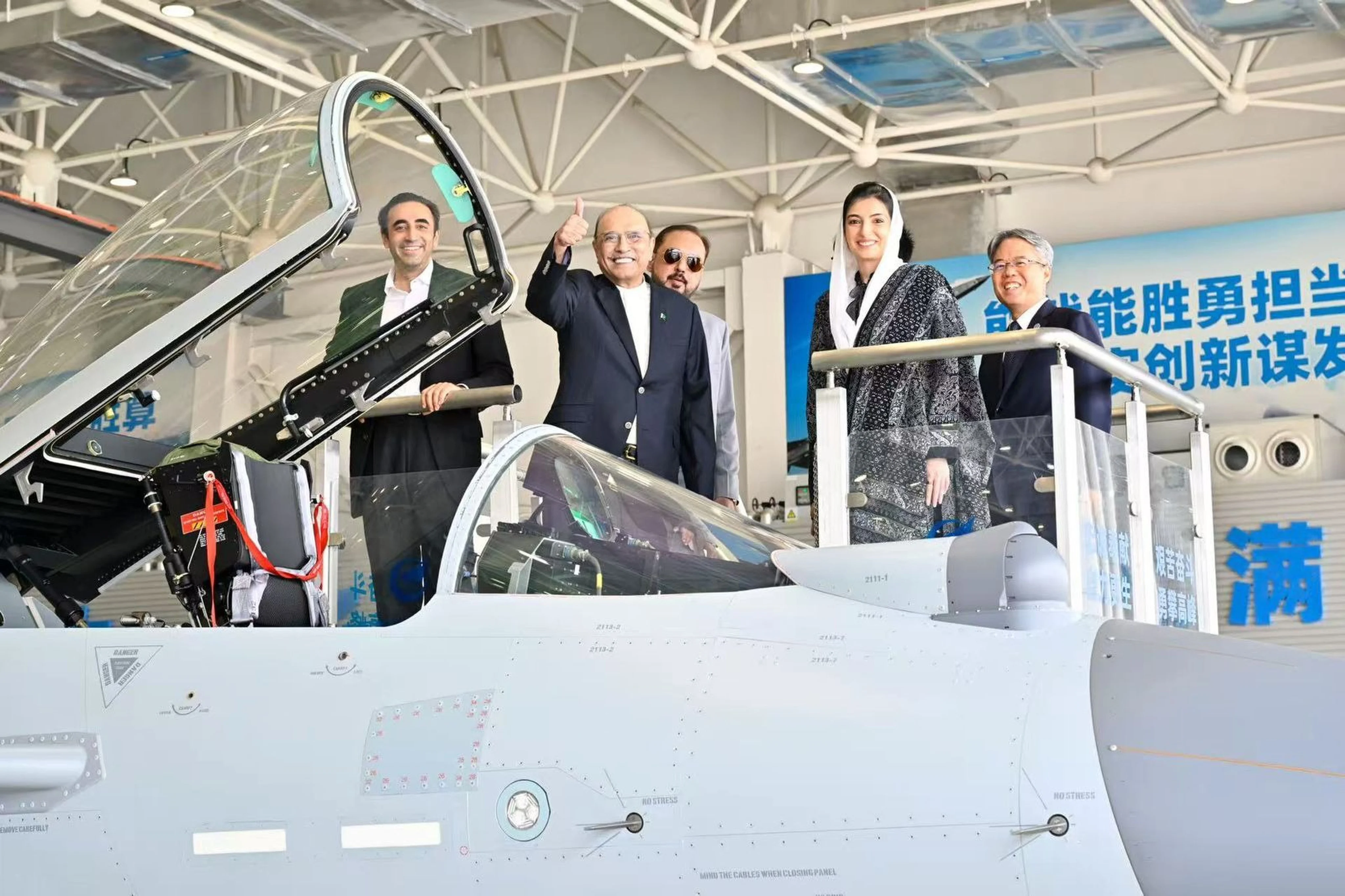
Pakistani President Asif Ali Zardari has become the first foreign state leader to visit China’s largest military aviation manufacturer, pledging stronger defence industry ties between Islamabad and Beijing, according to Pakistan’s presidential office.
On Sunday, Zardari visited the advanced aircraft complex of China’s state-owned aerospace and defence giant, Aviation Industry Corporation of China (AVIC), in Chengdu, touring the production line that produces the J-10C fighter jet that played a crucial role during an India-Pakistan military confrontation in May, Zardari’s office said.
It was the first time that a foreign leader had visited the AVIC aircraft complex, a sign of the closer defence industry cooperation between the two countries.
“President Asif Ali Zardari became the first foreign head of state to visit China’s AVIC aircraft complex in Chengdu. He lauded the J-10 and JF-17’s role in strengthening PAF [Pakistani Air Force] and hailed AVIC as a symbol of China’s tech progress and [Pakistan]-China strategic partnership,” the office said on a social media account.
During the visit, Zardari met with the AVIC’s engineers and scientists and was briefed on the company’s advanced capabilities. These included combat aircraft such as the J-10, the JF-17 co-production with Pakistan, and the J-20 stealth fifth-generation fighters, as well as other capabilities including uncrewed aerial vehicles.
“He reaffirmed that the two countries would continue to expand collaboration in defence production and aviation, further deepening their all-weather strategic cooperative partnership,” the office added.
Zardari’s visit to the AVIC complex comes as China and Pakistan have been ramping up their defence industry ties in recent years.
Pakistan is the largest importer of Chinese weapons, accounting for 63 per cent of China’s global arms exports between 2020 and 2024, according to a global arms transfer database compiled by the Stockholm International Peace Research Institute (SIPRI).
In that period, Pakistan’s arms imports from China included advanced fighter jets, missiles, radar and air defence systems – amounting to 81 per cent of all Islamabad’s imported weapons, according to SIPRI.
The Pakistani Air Force is known to be operating 36 of the J-10C fighters and 161 JF-17s.
China has also reportedly offered to sell Pakistan its second fifth-generation fighter jet, the J-35, according to a Pakistani government announcement posted online in June.
During the four-day confrontation with India near the Kashmir region in May, Islamabad claimed that its J-10C jets had shot down six Indian fighter jets, including three French-made 4.5-generation Rafale fighters. It marked the Chinese fighter jet’s first known air-to-air kill record in live combat, as well as the first combat losses of Rafale aircraft.
The claim was later acknowledged by New Delhi, although it did not specify the extent of the losses.
The JF-17 is a fourth-generation fighter jet that went into service in Pakistan’s air force in 2008. It was jointly developed by the Chengdu Aircraft Corporation (CAC) of China and the Pakistan Aeronautical Complex.
During the Kashmir clash in May, the JF-17 was also reportedly deployed in combat. India claimed that it had shot down one of Pakistan’s JF-17 fighters, but Pakistan said none of its fighter jets were affected during the military confrontation.
